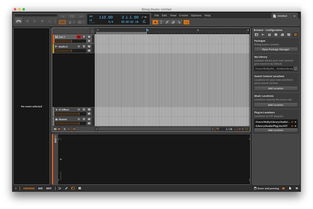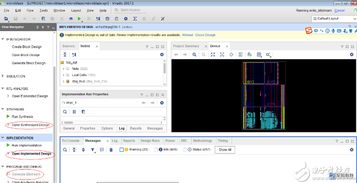
Understanding the ECX Register: A Detailed Guide for You
The ECX register, a cornerstone of the x86 architecture, plays a pivotal role in the execution of programs. As you delve into the intricacies of this register, you’ll uncover its multifaceted nature and its significance in various computing tasks. Let’s embark on this journey of discovery, exploring the ECX register from multiple dimensions.
What is the ECX Register?

The ECX register, also known as the counter register, is a 32-bit general-purpose register found in the x86 architecture. It is one of the eight general-purpose registers, which include EAX, EBX, ECX, EDX, ESI, EDI, EBP, and ESP. The ECX register is primarily used for loop control, string operations, and as a temporary storage for data.
Role of ECX in Loop Control

One of the most prominent uses of the ECX register is in loop control. The LOOP instruction, for instance, uses the ECX register to determine the number of iterations left in a loop. By decrementing the ECX register and checking its value, the processor can decide whether to continue executing the loop or exit it. This feature makes the ECX register an essential component of efficient loop execution.
ECX in String Operations

String operations, such as copying, comparing, and searching, are common tasks in programming. The ECX register is often used in conjunction with string instructions like MOVS, CMPS, and SCAS to perform these operations efficiently. By storing the length of the string in the ECX register, you can iterate through the string and perform the desired operation on each character.
ECX as a Temporary Storage
In addition to its specialized roles, the ECX register can also be used as a temporary storage for data. This makes it a versatile register that can be employed in various scenarios, such as arithmetic operations, function calls, and data manipulation. By utilizing the ECX register for temporary storage, you can optimize your code and improve its performance.
Understanding ECX Register Usage in Different Programming Languages
While the ECX register is a fundamental component of the x86 architecture, its usage may vary across different programming languages. Let’s take a look at how the ECX register is employed in some popular programming languages:
| Programming Language | Usage of ECX Register |
|---|---|
| C/C++ | Used for loop control, string operations, and as a temporary storage for data. |
| Assembly Language | Used extensively for loop control, string operations, and as a temporary storage for data. |
| Python | Not directly accessible; however, the ECX register’s functionality is emulated through the use of loop constructs and string methods. |
| Java | Not directly accessible; however, the ECX register’s functionality is emulated through the use of loop constructs and string methods. |
Optimizing ECX Register Usage
As you gain a deeper understanding of the ECX register, you’ll likely want to optimize its usage in your programs. Here are some tips to help you make the most of this versatile register:
- Use the ECX register for loop control to improve the performance of your loops.
- Utilize the ECX register for string operations to enhance the efficiency of your code.
- Store temporary data in the ECX register to optimize your code and reduce memory usage.
- Understand the limitations of the ECX register in different programming languages and work within those constraints.
Conclusion
The ECX register is a powerful tool in the x86 architecture, offering a wide range of functionalities for loop control, string operations, and temporary data storage. By understanding its capabilities and optimizing its usage, you can write more efficient and effective code. As you continue to explore the world of programming, the ECX register will undoubtedly play a crucial role in your journey.



